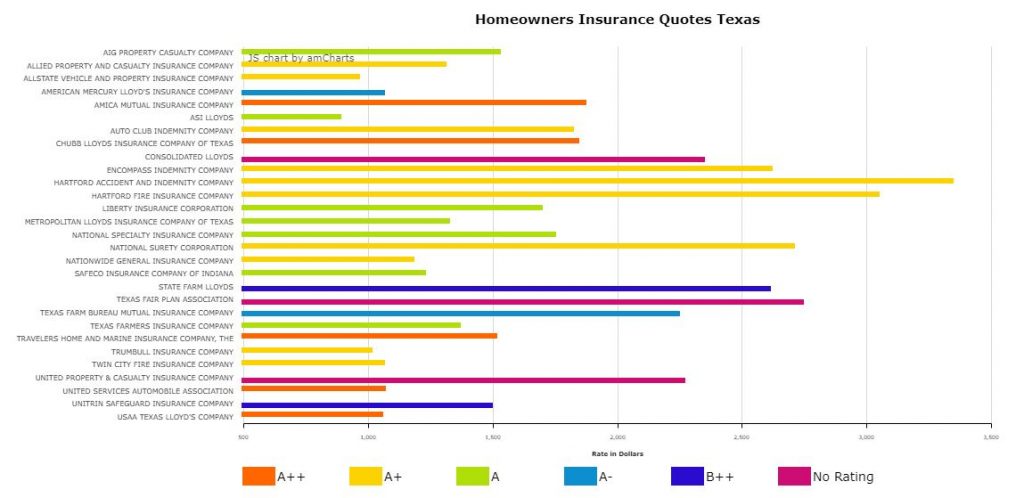
When choosing the best auto insurers, there are many factors to take into consideration. Some of these factors include Bankrate Score, Customer reviews, Discounts, and complaint data. It is ultimately up to you which policy is right for you. Whether you want a comprehensive or liability policy, it is important to know which features to look for in a policy.
Bankrate Score
Bankrate looks at more than price when evaluating top auto insurance companies. Bankrate takes into consideration customer service, technology, as well digital resources. The digital age is accelerating the pace of change for insurers. They need to adapt quickly and continuously improve their offerings to stay competitive.

Bankrate scores insurance companies by analyzing third-party ratings and customer satisfaction scores. Bankrate also evaluates their financial strength, online and mobile accessibility, and other factors. Each carrier's overall score is calculated using five points.
Discounts
You can often get a discount on your insurance premium if you own more than one vehicle. This can help you save anywhere from 5 to 10%. The most popular discount is the paid–in-full. This discount rewards you if your premium is paid in full. If you have a habit of paying your premium up front, you may get a discount between 5% and ten percent.
Other discounts include multi-car discounts. If you have more than one vehicle, you can also save money by insuring them under the same policy. This discount is available from most insurance companies. Progressive, for example, offers a 12% discount when you purchase multiple policies of car insurance. Many major insurers offer discounts for multi-policy purchase. Students may be eligible for discounts. Geico, by example, offers a 15% Discount for Students
Complaint data
Complaint data of auto insurance companies shows that they aren't all created equal. When a customer has to file a claims, this is the most common complaint. 68% of all complaints revolved around claims. These include low settlement offers, delayed claims processes, or denial of claims. While the promise of prompt reimbursement makes it a compelling reason for purchasing insurance, the experience is often stressful and frustrating.

The NAIC complaints index provides data that consumers can use to evaluate a company’s service quality. The index compares insurers' customer satisfaction to find out how they compare to the nationwide average complaint ratio. Complaint ratios can be calculated by comparing the company's number of complaints per $1 million of premiums received or the annual premiums. Less complaints mean better customer service.